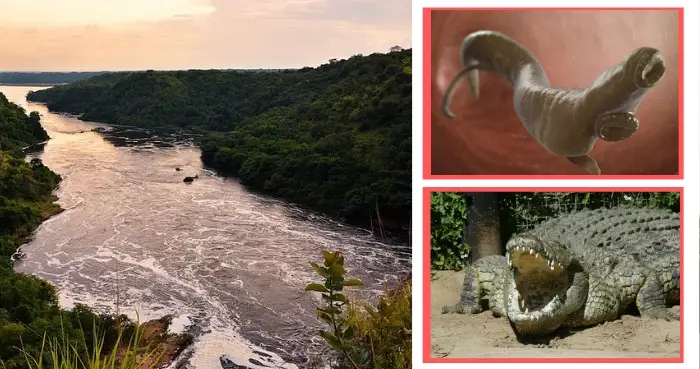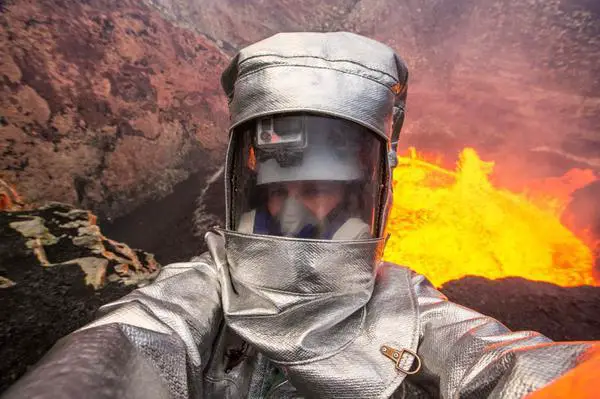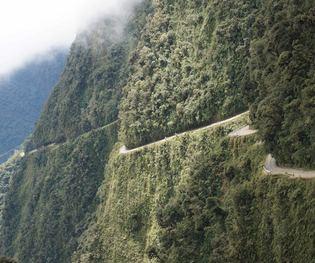Swimming can be one life’s most pleasurable experiences but our love of amusement with this seemingly insignificant colourless liquid has always been accompanied by a sense of mystery and in many cases fear. Maybe it’s our primordial sense of wariness of the unknown and what lies in the deep below that creates such unease. Or maybe it’s the fact that we actually do know what could be lying below the surface in wait.
In many cases it’s all about our perceptions, the average person would have no problems with plunging into a swimming pool full of harmful chlorine but would never bath in waters that contain therapeutic Garra Rufa Fish. These toothless fish are scavengers that can eat human dead skin cells and are claimed to have incredible health benefits.
Regardless of our perceptions, there are some places throughout the world that simply are very dangerous to swim in. Some are creations of mother nature and others are sadly toxic by-products of mankind’s rapidly and ever evolving consumerist lifestyle. The following are a selection of the most dangerous places to swim in the world.
Don’t agree with our list? Leave a comment in the comment section below which place do you think is the most dangerous to swim?
River Nile
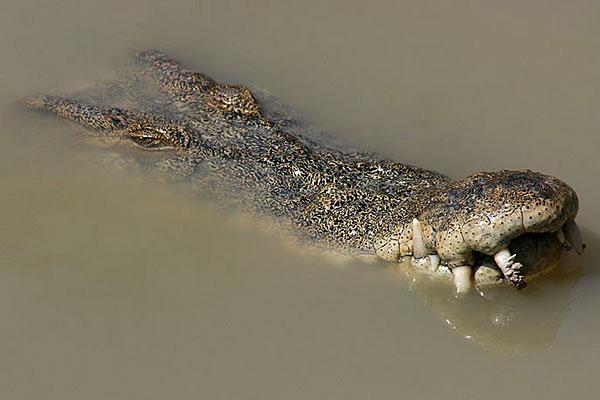
Africa experiences some of the hottest temperatures on the planet, so taking advantage of a cool swim in a river or lake might seem like a good idea. It could well be your last though, as these waters are home to one of the largest freshwater predator, the Nile Crocodile. These predators use the murky waters of the Nile to lie in wait for their unsuspecting prey. Perhaps that swim doesn’t seem so enticing after all!
Curious Facts About Nile Crocodiles
– Nile crocodiles are not fussy when it comes to food. If it’s meat they’ll eat it and your toes, arms and legs are no exception. So much so that up to 200 hundred people a year are chomped up by these reptilian beasts. Beware!
– These fine creatures can grow up to 6 Meters (20ft) long, yes you read it correctly. That’s almost twice the average length of a full size African Elephant.
– Nile crocs eat fish mostly but will happily gobble up baby hippos, zebras and any other flesh they can get their teeth into.
Apart from crocodiles you can get also a nasty Bilharzia Disease.
Queensland. Australia
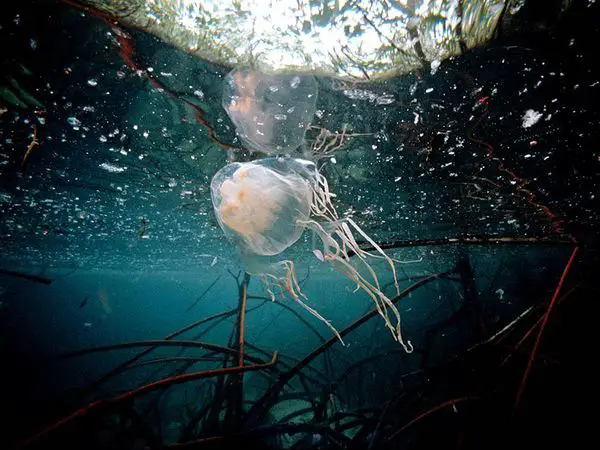
Australia is home to some of the most incredible marine life on the planet, but one area you may want to avoid exploring is the ocean off the coast of Queensland. These waters are not only home to sharks, salt water crocodiles and the venomous blue-ringed octopus, they are also the location of one of the deadliest creatures on the planet, the box jellyfish. Certain species of box jellyfish can have tentacles up to 10ft in length, that contain enough poison to kill a human in 2-5 minutes! Sightings of these sea monsters often cause entire beaches to be shut for days at a time in order to protect swimmers.
Bolinas Beach. California
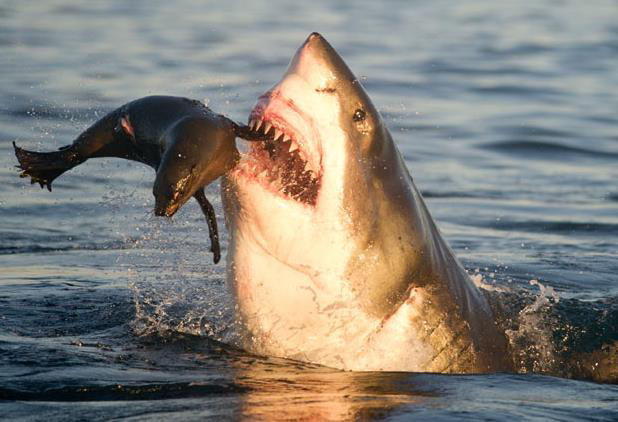
While films such as Jaws and Deep Blue Sea may make you petrified to ever go swimming in the sea again, the chances of actually being attacked by a shark are incredibly thin. With that said, taking a dip at Bolinas Beach in California will significantly increase those chances. The beach is part of the ‘Red Triangle’ and is a hugely popular hunting ground for the greatest predator of all, the Great White Shark. The sharks are attracted to the area
by the large population of sea lions they can often be spotted even from the shore.
Hanakapiai Beach. Hawaii

Hawaii may sound like the ideal location for a beach holiday but one area you should definitely avoid: Hanakapiai Beach. The coastline might look peaceful, however once you step in the ocean you are entering the danger zone. Underneath the serene water there are rip currents that can drag you away from the shore.
The sign on the beach (picture above) claims more than 80 people have drowned there. I couldn’t find any official records of the death toll but some websites mention that there have been approximately 30 verified cases in the last 50 years. So in terms of proportions it is a big number, for your own safety you should avoid taking a dip there.
What is a rip current and how it looks?
A rip is a strong, localised, and narrow current of water which moves directly away from the shore.
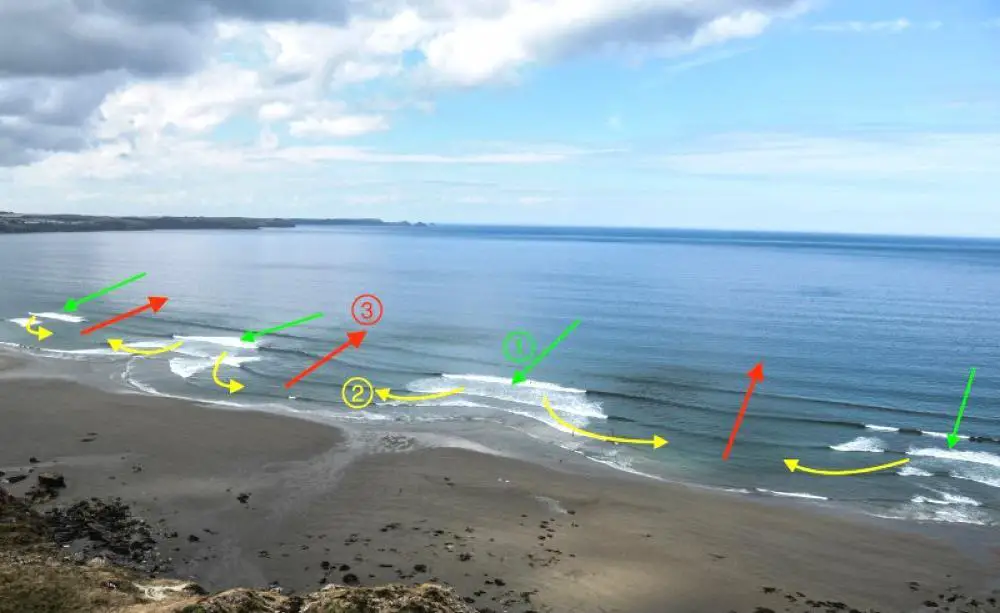
On the Hanakapiai Beach it is hard to spot any currents because there are no major reefs that would give visual cues. When people end up in the rip current they start panicking and swim against the current exhausting themselves and in the end drowning. Avoid!
Just for general information here is how you can try and escape the current
Here is a nice diagram, by Surf Life Saving, Queensland
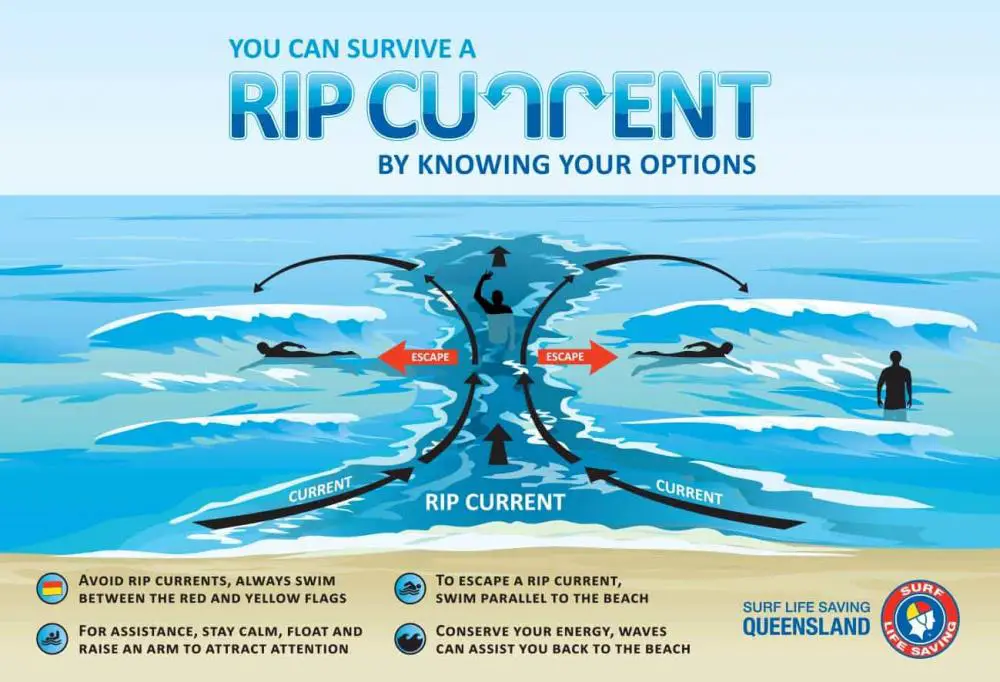
Amazon Basin. South America

There are many reasons why the Amazon Basin is a dangerous place to swim. The waters are home to the anaconda, the red-bellied piranha and the electric eel, but the main reason to avoid the rivers and lakes of the Amazon Basin is down to a tiny fish called the Candiru. The small fish is part of the catfish family and is also known as the toothpick fish or vampire fish. While the Candiru may look perfectly harmless from afar, the fish is known to have a tendency for invading human bodily openings, including…. the urinal tube!
New Smyrna Beach. Florida
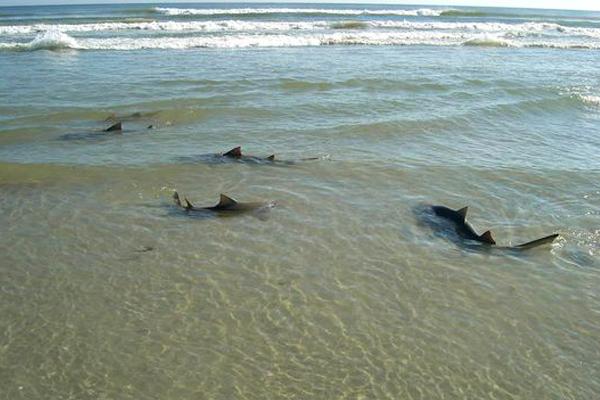
New Smyrna Beach is famous for its warm climate and great surf but it also holds another, far more sinister title: The shark attack capital of the world! Since records began, back in 1882, New Smyrna beach has been the location of over 240 separate shark attacks and the number is constantly rising. In 2008 alone, an incredible 24 shark bites and attacks were recorded at the beach. Swimmers and surfers constantly come back to the area though and there seems to be one very good reason for this; although a huge number of attacks have occurred, so far none of them have actually been fatal. If you want to swim in safety though, New Smyrna Beach is definitely not for you.
Lake Victoria. Africa
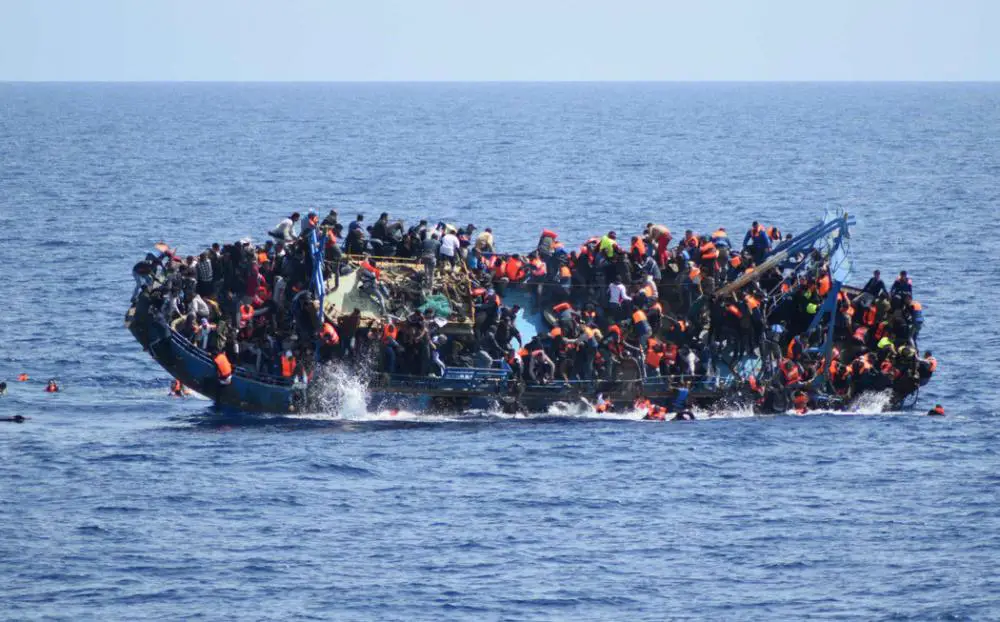
One could be forgiven for thinking that Lake Victoria in Africa is a very pleasant and relaxing place to take a swim. Don’t be fooled by the calm surroundings and placid water though as the lake is actually known as the most dangerous body of water in the world! It is estimated that an astounding 5,000 people die in the lake each year. The reasons for the frighteningly high death toll is down to a number of factors. The first is that the lake has a ‘mini climate’ all of its own and this can cause extreme changes in weather conditions in a very short period of time. The second is that a huge amount of local people make a living from fishing in the lake and when the weather changes, these boats often capsize, leaving the passengers stranded, with sometimes miles to swim to the shore in incredibly deep and rough waters.
The Boiling Lake. Dominica
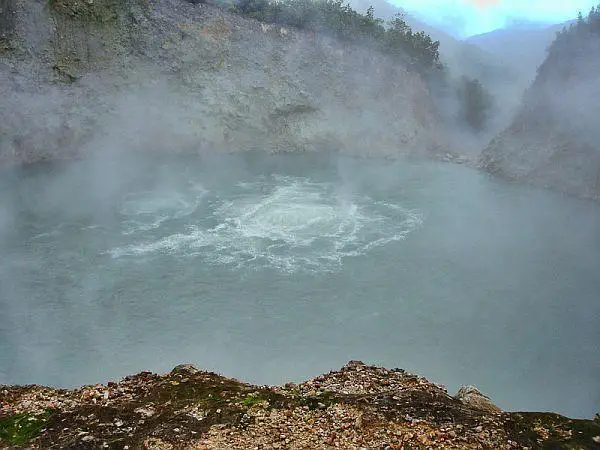
The dangers posed by this body of water are obvious as soon as you hear its name. As the title would suggest, The Boiling Lake is just that, a lake that is constantly boiling thanks to the red hot magma found below its surface. The lake can often look very inviting, thanks to the steam slowly rising from the surface, but even the water temperature at the lake’s edge can reach 82 – 92 degrees C, making any thoughts of a quick swim a very bad idea (unless you want to receive severe burns!).
Citarum River. Indonesia

It would be easy to mistake Citarum River in Indonesia for an actual garbage pit but, as hard as it is to believe, there is actually water underneath all the rubbish and waste. Some of you might have seen Blue Planet II documentary where this river has been mentioned.
The stretch of water in West Java is one of the most polluted rivers in the world. It is being used as a floating rubbish dump by over 500 factories that line its banks, around 500,000 cubic meters of rubbish get thrown away into the river.

Perhaps the most worrying detail of all this is the fact that the river is the main source of water for millions of locals who live in the area, with many using it to bathe, clean clothes and even drink from it. The government tried to launch cleaning projects, however, because of poor management and coordination the problem still persists.
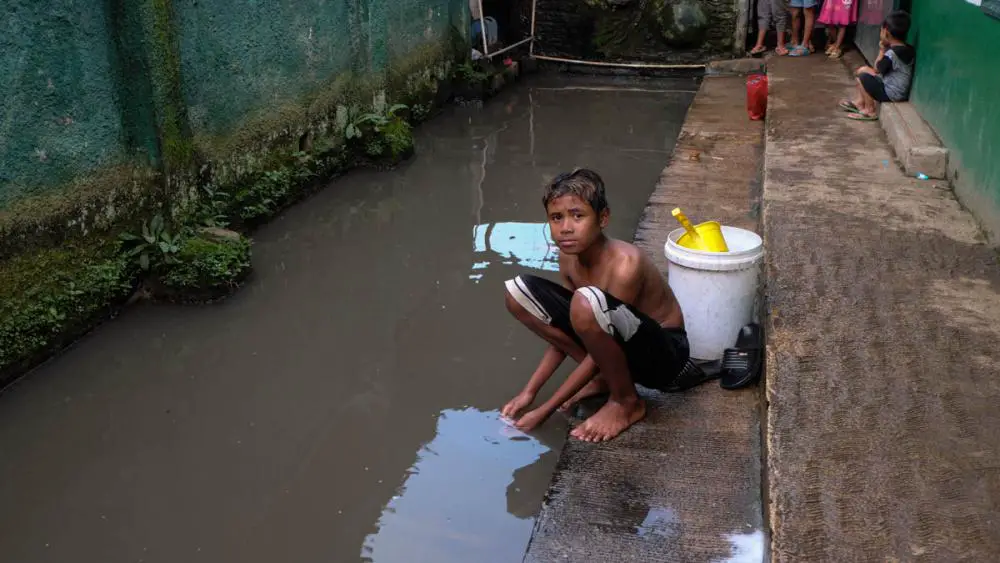
References: bbc.co.uk (Drowning in Plastic)
Lake Karachay. Russia
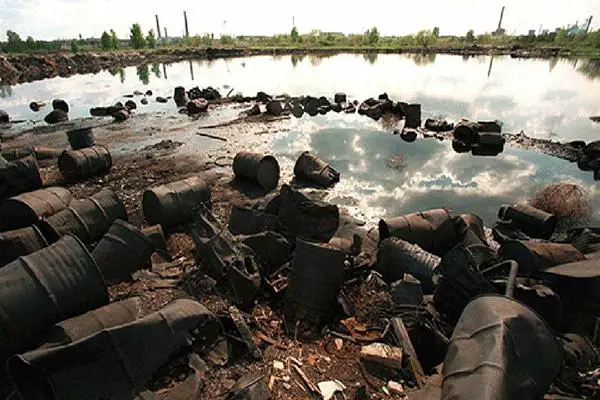
Lake Karachay may look like a beautiful and pristine place to enjoy a swim but it could well end up being the last swim you ever take. The lake was used as a dumping ground for nuclear waste until the 1990’s and it is still considered the most radioactive body of water on the planet! The levels were so high at one point that just standing next to the lake for 60 minutes would expose you to 600 roentgen of radiation. When you consider that most humans would die from 500 roentgens of radiation over 5 hours, you realise just how dangerous the levels were. Huge concrete blocks have now been placed in the water in an attempt to soak up some of the worst radiation but Lake Karachay is still one of the most dangerous places to swim on the planet.
Shark Alley. South Africa
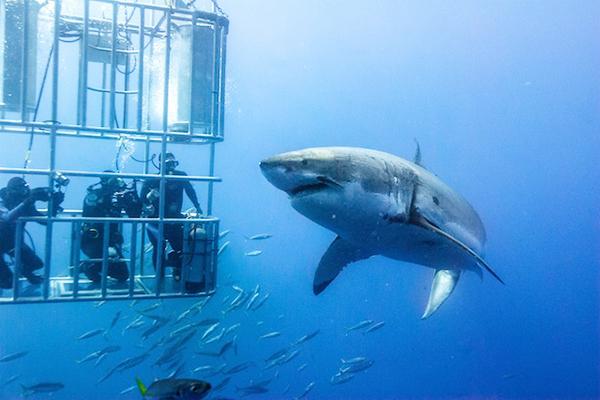
The waters off the coast of South Africa are a favourite hunting spot for Great White sharks and nowhere is this more evident than in a stretch of water known as ‘Shark Alley.’ This thin corridor of ocean attracts many different species of sharks but is most famous for the huge amount of Great Whites that migrate here to hunt. While many tourists are willing to enter the waters in the safety of a steel cage, it would take a very brave (or very stupid) individual to take a free-swim in Shark Alley.
Victoria Falls. Zambia
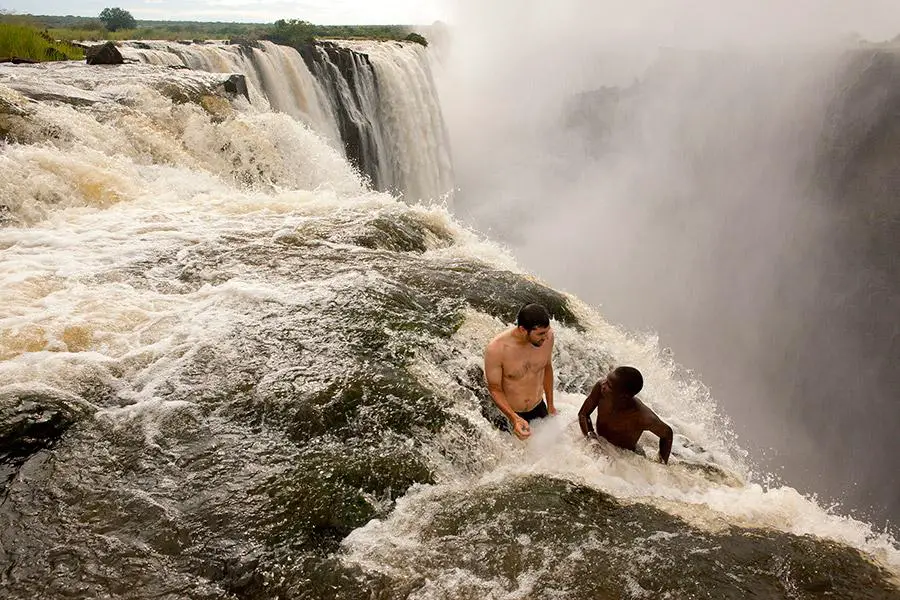
Taking a dip above a waterfall is always a dangerous idea but swimming above the 108 metre high Victoria Falls seems almost suicidal! This is actually a popular tourist experience though, thanks to a small pool at the lip of the falls known as ‘The Devil’s Pool.’ For the majority of the year the water is too strong and powerful to even contemplate entering the pool but when the water level drops, during the drier summer months, the pool becomes safe enough for tourists to swim in… if they dare!
Gulf Coast. USA
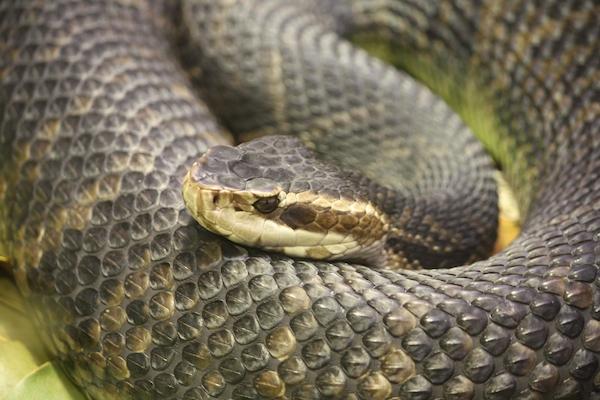
The Gulf Coast is home to one of the deadliest snakes in the world and, unfortunately for swimmers, the cottonmouth water moccasin often makes its home next to water. The snake’s venom is so powerful that a bite from the reptile could result in a human death within 2 hours, if left untreated. The water moccasin often lies in wait in trees above the water and pounces when a prey crosses underneath. Swimmers should avoid branches that hang over the water at all costs or, best of all, just avoid swimming in these waters altogether!
Beqa Lagoon. Fiji
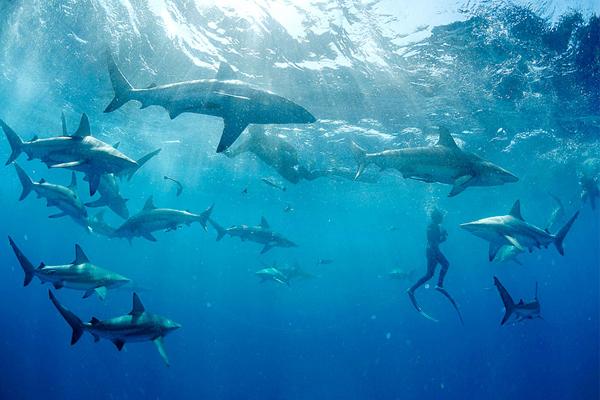
Beqa Lagoon might look like a real-life paradise but its golden sands and turquoise waters hide a real danger. The area is a popular hunting ground for bull sharks and tiger sharks and a huge number of these creatures gather here every year. While suffering a shark attack is incredibly unlikely, the aggressive nature of these animals, combined with the large numbers gathered in this area, vastly increase the chances. If the sight of a shark fin breaking the water brings you out in a cold sweat, Beqa Lagoon is definitely not a place to take an impromptu swim!

